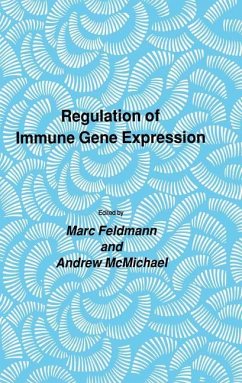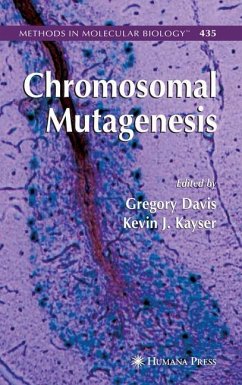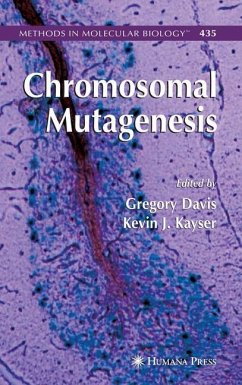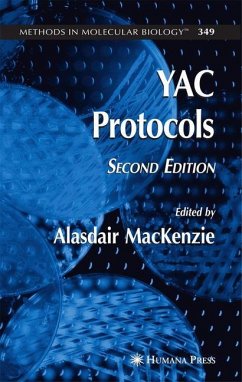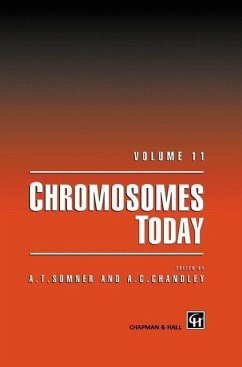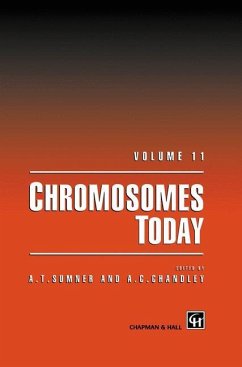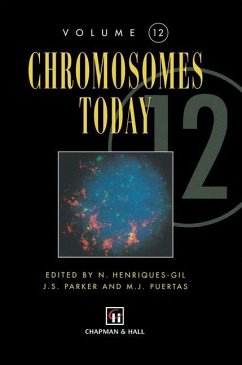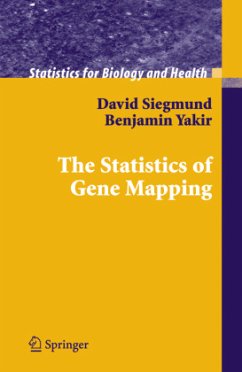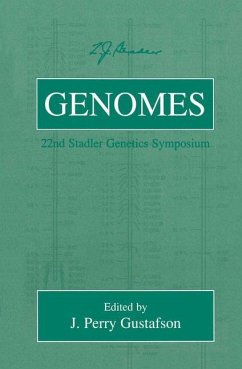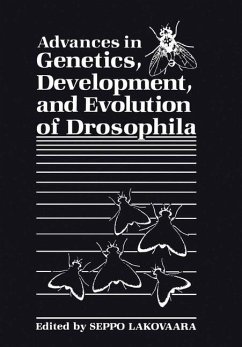Nicht lieferbar
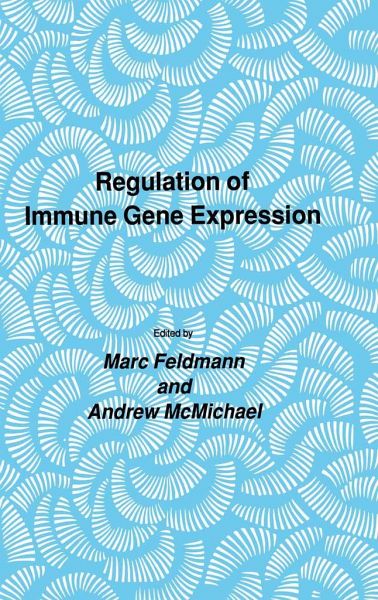
Regulation of Immune Gene Expression
Versandkostenfrei!
Nicht lieferbar
Weitere Ausgaben:
This book encompasses the proceedings of a conference held at Trinity College, Oxford on September 21-25, 1985 organized by a committee comprised of Drs. M. Crumpton, M. Feldmann, A. McMichael, and E. Simpson, and advised by many friends and colleagues. The immune response gene workshops that took place were based on the need to understand why certain experimental animal strains were high responders and others were low responders. It was assumed that identification of the immune response (Ir) genes and definition of their products would explain high and low responder status. Research in the en...
This book encompasses the proceedings of a conference held at Trinity College, Oxford on September 21-25, 1985 organized by a committee comprised of Drs. M. Crumpton, M. Feldmann, A. McMichael, and E. Simpson, and advised by many friends and colleagues. The immune response gene workshops that took place were based on the need to understand why certain experimental animal strains were high responders and others were low responders. It was assumed that identification of the immune response (Ir) genes and definition of their products would explain high and low responder status. Research in the ensuing years has identified the Ir gene products involved in antibody responses as the la antigens, or MHC Class II antigens. These proteins are now well defined as members of the immunoglobulin gene superfamily, and their domain structure is known. Epitopes have been defined by multiple mono clonal antibodies and regions of hypervariability identified. Their genes have been identified and cloned. The basic observation of high and low responsive ness to antigen is still not understood in mechanistic terms, however, at either the cellular or molecular level. This is because the rate of progress in immune regulation has been far slower than in the molecular biology of the MHC Class II antigens. This is not surprising, since immune regulation is a very complex field at the crossroads of many disciplines.






